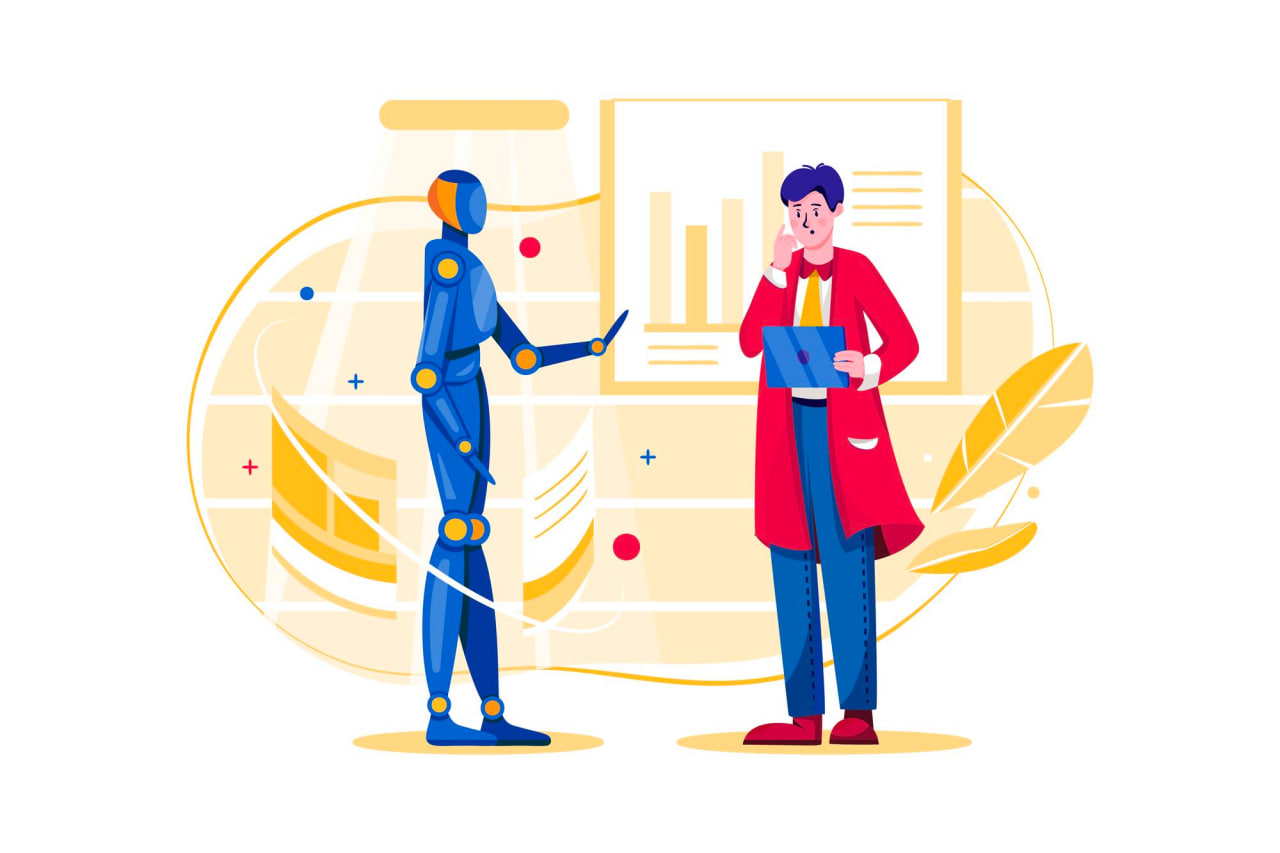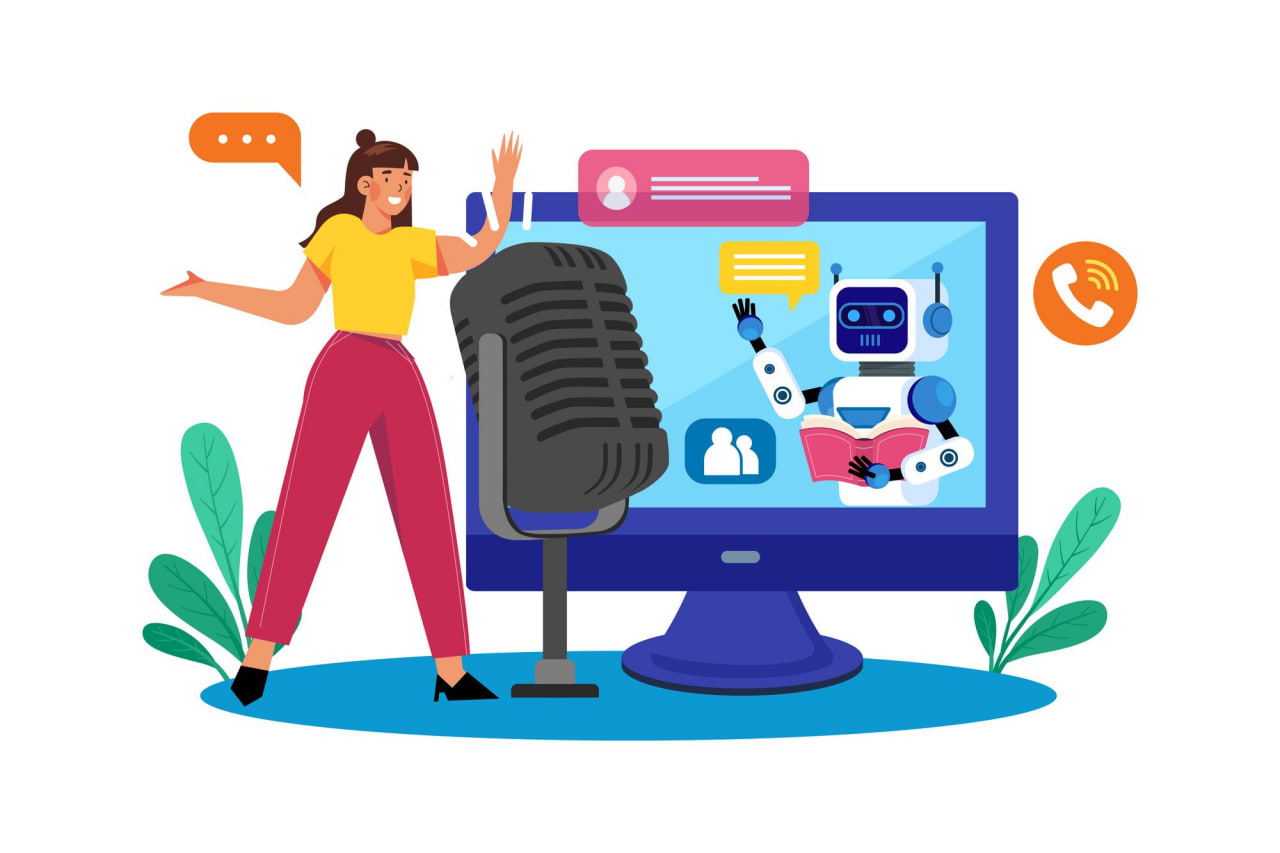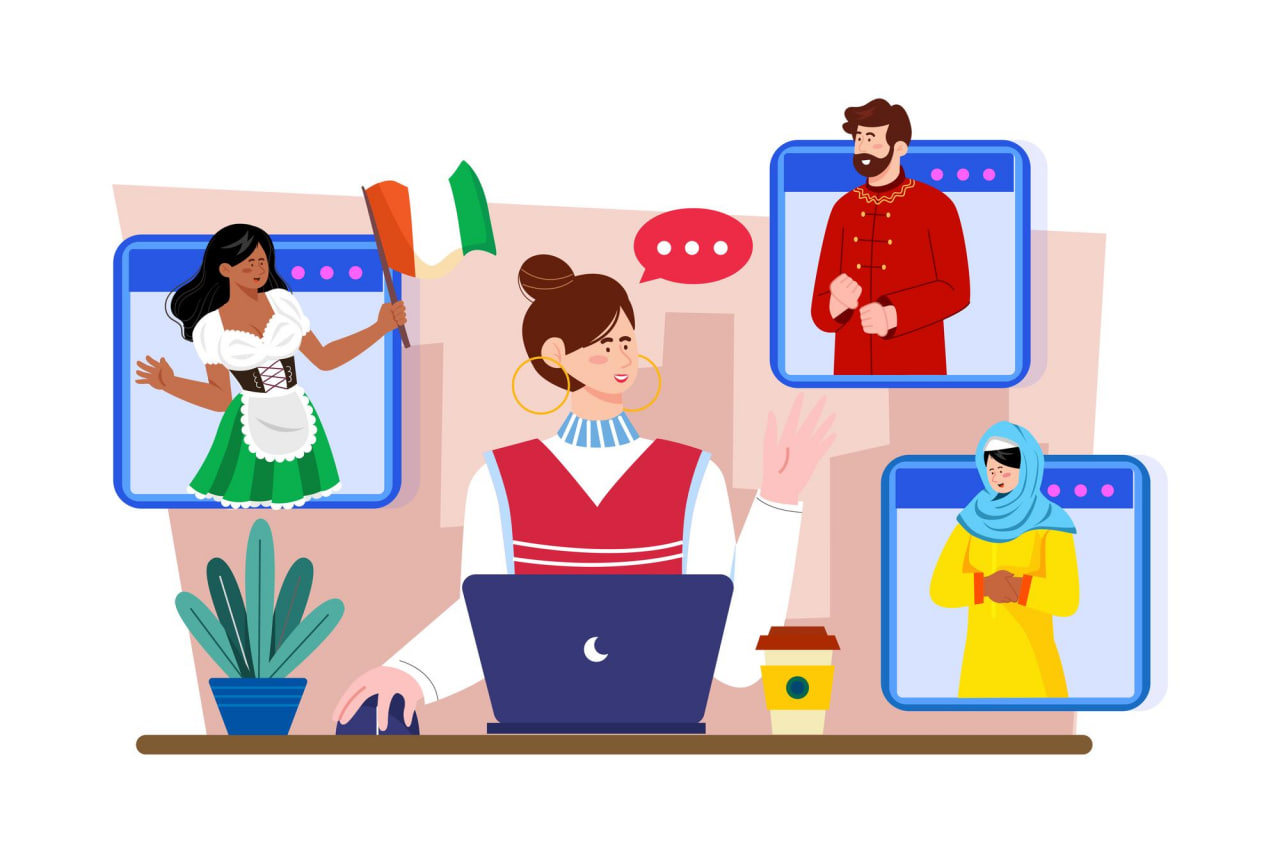Translation is an essential part of communication, and it has been evolving rapidly with the help of Artificial Intelligence (AI). The U.S. machine translation market grew from $400 million to $1.1 billion from 2016 to 2022, and it’s still climbing. In order to stay on top of the ever-changing landscape of translation, you need to make sure you stay on the edge of innovation and immerse yourself in the world of AI.
The rapid advancement of artificial intelligence is transforming the world of website translation. New AI-powered tools like ChatGPT have accelerated demand for machine translation, leading to major changes in how businesses approach translating their online content.
The emerging translation trends in 2023 and beyond include a greater tolerance for AI, and its rapid development with tools like adaptive translation , and translation quality scoring which have made translation faster, easier, and less expensive than ever before. Evolving neural networks and AI-inspired translation models will continue to drive up quality standards in 2023 and beyond. It is predicted that Large Language Models (LLMs) will transform science, society, and AI.
The Rise of AI Translation
AI translation tools like Google Translate and ChatGPT can now provide rough translations of website content quickly and cheaply. While not as accurate as human translation, AI allows companies to localize their sites for new markets faster and more affordably. Post-editing by linguists is still needed for high-quality outcomes. Thanks to ChatGPT, there is now higher tolerance and expectation of machine translation. The benefits of speed, scalability, flexibility, and automation make it an attractive option despite imperfections.
Translation Becoming More Affordable
Machine translation allows smaller businesses to expand into new markets that were once cost prohibitive. The market has grown 40% amid the pandemic as translation memory and AI drive costs down.
AI-Driven Translation Services
Here are some examples of AI-driven translation:
- Google Translate: Google Translate is a free AI-based translation tool that helps you translate text, documents, and websites from one language to another. The tool is free and highly accessible, decorated with a simple and intuitive design.
- Microsoft Translator: Microsoft Translator is a robust AI-powered translation service offered by Microsoft, capable of translating multiple forms of text and media, including text, voice, and images across devices, applications, and operating systems. It supports over 60 languages, from the most commonly used, like English and Spanish, to less prevalent languages.
- DeepL: DeepL is an AI-driven translation service that uses neural networks to provide high-quality translations. It supports 26 languages and can translate entire documents in seconds.
- SDL Trados Studio: SDL Trados Studio is a computer-assisted translation software that uses AI to help translators work more efficiently. It includes features like translation memory, machine translation, and terminology management.
- Smartcat: Smartcat is an AI-powered translation platform that helps businesses manage their translation projects more efficiently. It includes features like translation memory, machine translation, and project management tools.
Hybrid Translation Approaches
Hybrid translation approaches include:
- Multi-engine: This approach involves running multiple machine translation systems in parallel and combining the output of all the sub-systems to generate the final output. Most commonly, these systems use statistical and rule-based translation subsystems, but other combinations have been explored.
- Statistical rule generation: This approach involves using statistical data to generate lexical and syntactic rules. The input is then processed with these rules as if it were a rule-based translator. This approach attempts to avoid the difficult and time-consuming task of creating a set of comprehensive, fine-grained linguistic rules by extracting those rules from the training corpus.
- Multi-Pass: This approach involves serially processing the input multiple times. The most common technique used in multi-pass machine translation systems is to pre-process the input with a rule-based machine translation system. The output of the rule-based pre-processor is passed to a statistical machine translation system, which produces the final output. This technique is used to limit the amount of information a statistical system need consider, significantly reducing the processing power required.
- Confidence-Based: This approach differs from other hybrid approaches in that in most cases only one translation technology is used. A confidence metric is produced for each translated sentence from which a decision can be made whether to try a secondary translation technology or to proceed with the initial translation output.
Challenges in AI Translation
There are several challenges in AI translation , despite the significant improvements that have been made in recent years:
- Ambiguity: One of the biggest challenges of AI translation is dealing with ambiguity in language. Words and phrases can have multiple meanings, and context is often required to determine the correct translation. One way to overcome ambiguity in AI translation is to use a combination of machine translation and human translation. This approach is called “human-in-the-loop” and it involves having a human translator review the machine-translated text to ensure accuracy.
- Accuracy: Although AI has improved the quality of translation, it still cannot match the accuracy and nuance of human translation. AI translation can also struggle with idiomatic expressions, cultural nuances, and complex syntax. One way to improve accuracy is to use a hybrid approach that combines machine translation with human translation. This approach can help ensure that translations are accurate and nuanced.
- Algorithmic bias: Algorithmic bias is one of the most talked-about problems within AI technology and it is proving to be one of the most difficult to overcome. The stark reality is that algorithmic bias is inherited from the humans that build and train them as well as the social environment we live in. One way to reduce algorithmic bias is to use diverse training data that includes a wide range of languages, dialects, and cultural contexts. Another way is to use algorithms that are designed to be transparent and explainable, so that users can understand how they work and identify any biases.
Need help in translating you video content? Visit https://goglobal.video .




Use the share button below if you liked it.